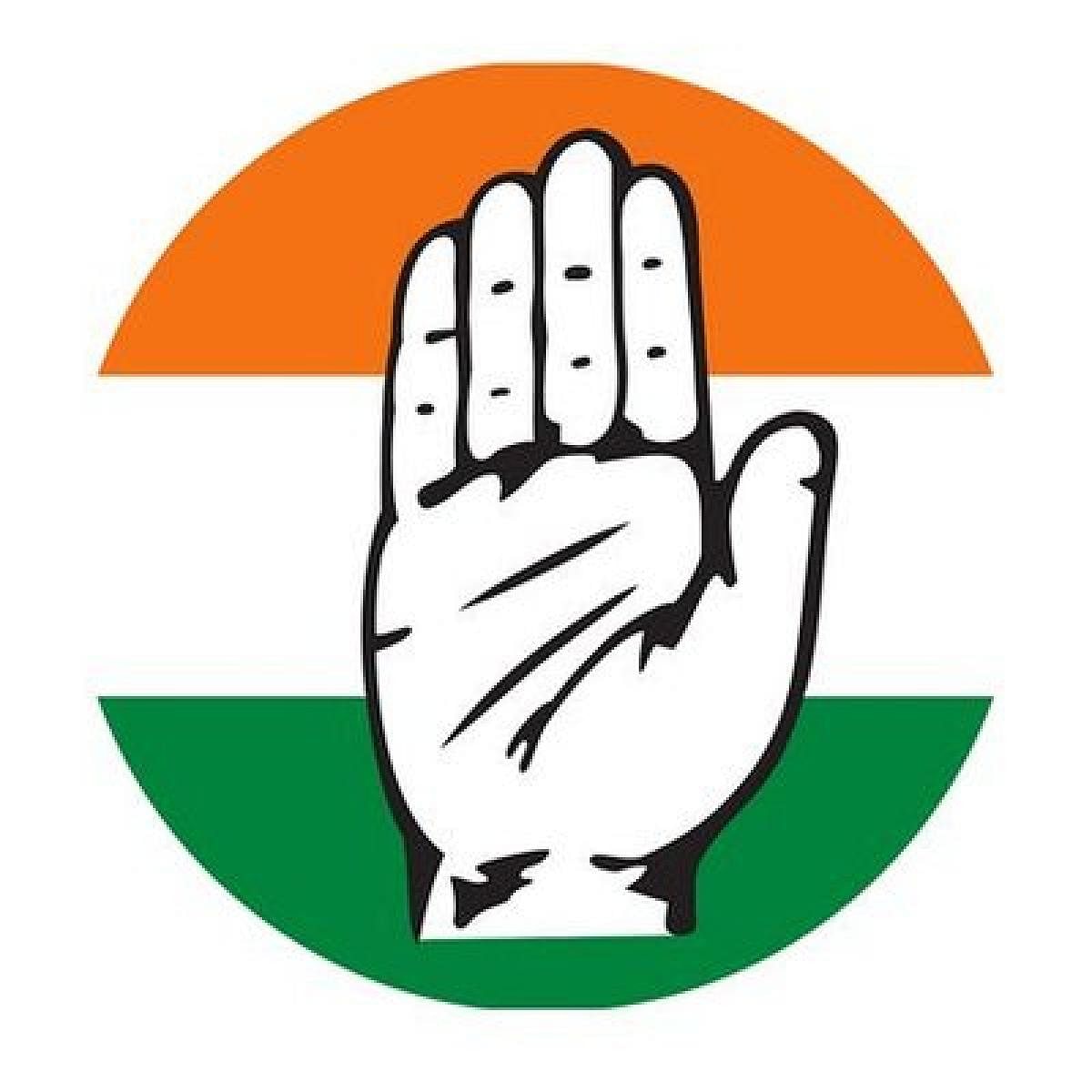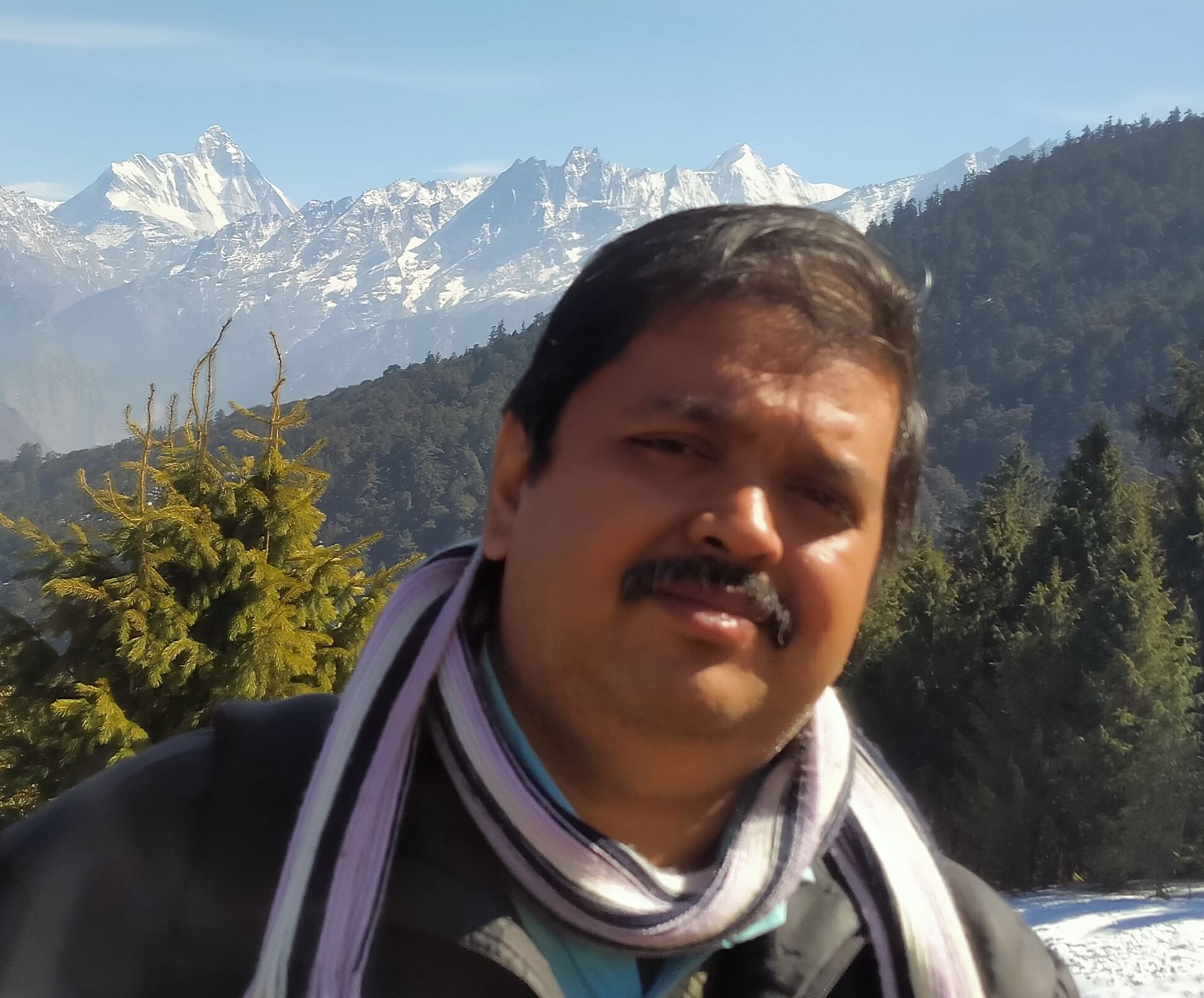
The political crisis in Rajasthan, irrespective of the outcome, has helped the Congress leadership shed the image of acting like a bystander in the midst of political crises, which have unfolded one after another in the last year.
While the confusion over the leadership issue at the top ever since the resignation of Rahul Gandhi as Congress president after the Lok Sabha poll debacle has only accentuated the internal dissensions in the middle ranks, including between the ‘old guard’ and ‘gen-next’, the party’s central leadership eventually woke up to salvage the situation in Rajasthan.
The outreach efforts by the Nehru-Gandhi family to retain Pilot – seemingly missing in the previous instances when Jyotiraditya Scindia or Himanta Biswa Sarma or Ashok Tanwar quit – has also helped them shed the tag of being inaccessible during a crisis.
However, this does not take away the primary challenge that the Congress faces -- of lack of cohesion in its approach, which proves damaging in crisis situations like the current one in a party where the high command’s word is the last word.
After Sonia Gandhi resigned in December 2017, after 19 years at the helm of Congress, Rahul Gandhi took over. Even before that, Rahul had become the key decision-maker ever since he became party vice president in 2013. Rahul Gandhi’s tenure saw a string of defeats in state polls and Lok Sabha polls. Post-2019 Lok Sabha debacle, he quit as party chief after just 18 months in the hot seat. The leadership issue has been in limbo since then, even as Sonia Gandhi was persuaded to come back as party chief for an interim period.
Rahul’s first tenure as Congress president saw him try to push leaders of his choice at the cost of antagonising the well-entrenched players, often leading to friction that did not help a party already facing decline. When he quit, he did so slamming the seniors for promoting only their kin, and his team rued that the young leader was not given a free hand to function.
The common complaint against him was of inaccessibility and of surrounding himself with a group of advisers with little experience of the rough and tumble of politics.
But even after two successive Lok Sabha election defeats, Congress has not seen any challenger to the domination of the Nehru-Gandhis rise even for a token contest, barring the odd demand from Shashi Tharoor for internal elections. This, even after Rahul famously declared while stepping down as party president last year that neither he nor anyone from his family would lead the party again.
Yet, instead of searching for a new leader, the party has chosen to strengthen the hands of the Nehru-Gandhi family, which it considers the glue that keeps Congress from breaking apart.
It is not the first time that the Congress ultimately courted a Nehru-Gandhi family member to lead them even after they had declined to lead the party. In 1991, after the assassination of Rajiv Gandhi, PV Narasimha Rao was called back from retirement to lead the Congress and take over as Prime Minister. After Rao’s bitter relations with Sonia, Sitaram Kesri, a family loyalist, succeeded Rao as party president. Months later, he was removed from the post unceremoniously when he refused to vacate the post for Sonia, who joined the party in December 1997 at the AICC plenary.
This time again, despite all the initial talk in a section about having a non-Nehru-Gandhi family member as party chief, the clamour for Rahul’s return has already begun, with Ashok Gehlot, the man in the centre of the current crisis, making the demand at the CWC meeting last month. The decision, which will be taken in the next few months, will determine the next course of Congress, which right now appears split into multiple groups.
But the challenge is that while it may sort out the bitter internal rivalries within the party, many believe that the Nehru-Gandhi family name no longer brings in the political dividend, the mass support for the party, which it used to command earlier as young voters are not enthused about the idea of a dynast as their leader.
Many of those close to Rahul believe that the latter is unlikely to return as Congress chief even as he remains the face of the party.
The options are a reversal to the Sonia-Manmohan Singh model, where the party president is a senior Congressman, with Rahul being the face of the parliamentary party or Rahul focussing on nationwide tours and public meetings to revive the party.
While the Congress wallows in confusion, the ruling BJP has embarked upon developing new leaders in the states after Amit Shah made way for JP Nadda to be party president. The contrast between the two parties is visible.
